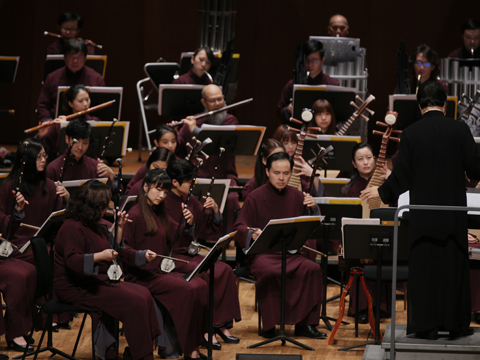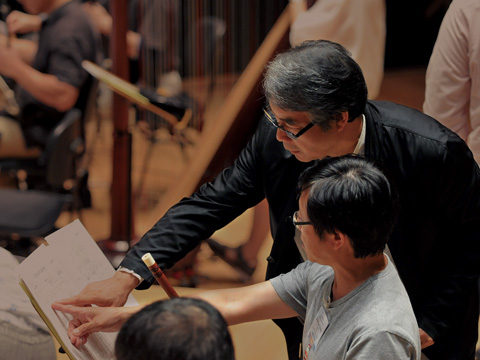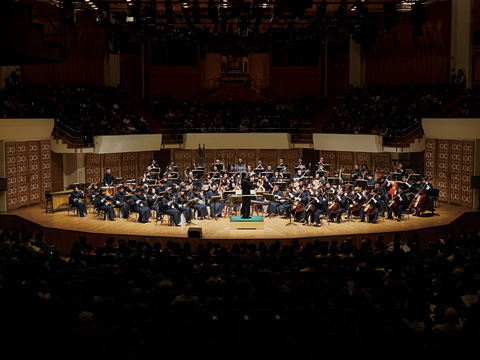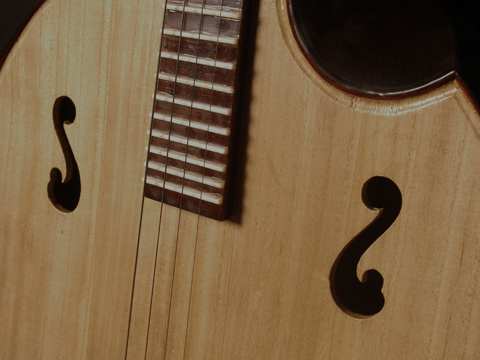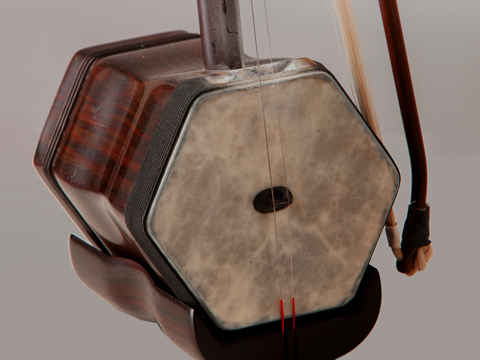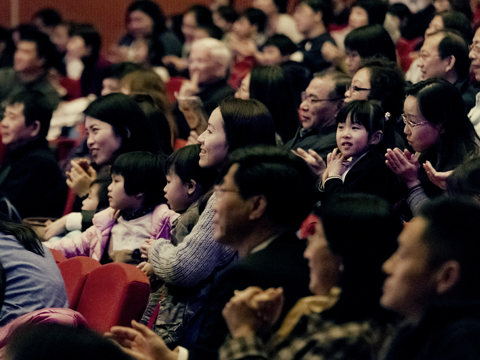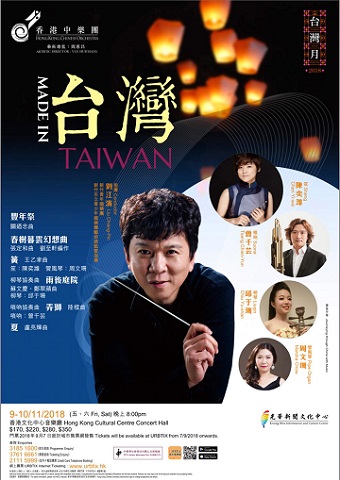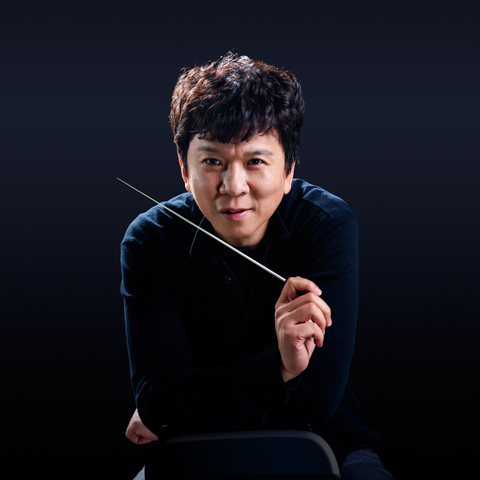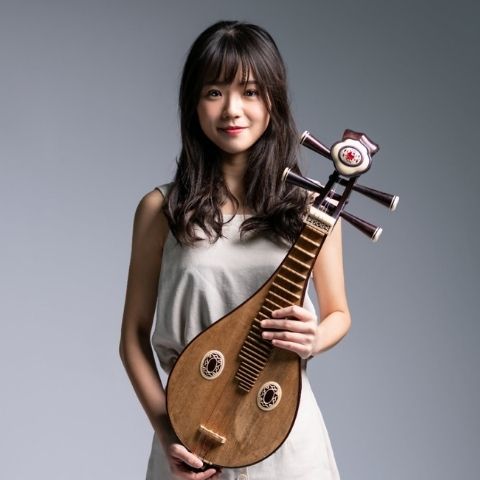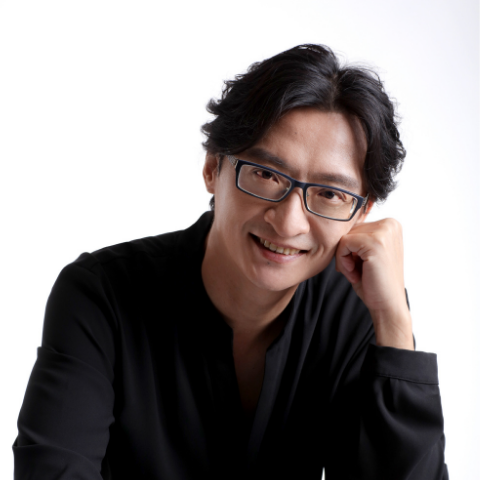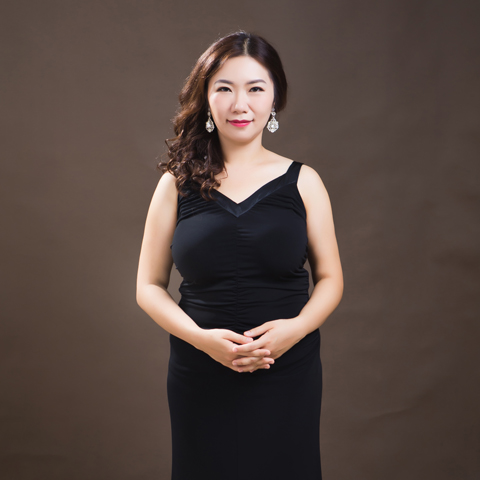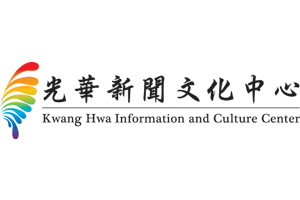The Richly Diverse Musical Tastes of ‘MADE in Taiwan’
Taiwan is often referred to as Baodao (literally ‘Treasure Island’) in Chinese, a twist from its former nomenclature as ‘Formosa’, which means ‘Beautiful Island’ in Portuguese. There are many interpretations for the origin of this name, but Hongkongers, who share close ties with the Taiwanese, tend to associate the name with its food, customs and culture. The ‘treasures’ come from diversity and the mixed cultures. Throughout its history, Taiwan had been colonized by the Dutch and the Japanese; it was where Ming loyalist Zheng Chenggong, dearly remembered by the locals in Hokkien as ‘Koxinga’, retreated to after his defeat by the Qing army; it was the island state the Kuomintang created and brought with it an influx of migrants from mainland China; and adding to this demographic tapestry is its ethnically diverse indigenous population of aborigines and Minnanese (people of southern Fujian). The diversity in Taiwan therefore refers not only the food culture but also music culture.
A selection of six works will be performed in this concert titled ‘MADE in Taiwan’, showcasing the aforementioned diversity - in content, creative approach and style. The opening number, Bumper Harvest Worship, is based on a traditional folk festival in Taiwan but expressed in contemporary style. Composer Kuan Nai-chung was a former Music Director of the Hong Kong Chinese Orchestra and spent many years in Taiwan. This piece may well be a reflection of his years of life there.
Zhang Dinghe belonged to an older generation of composers and was a student of celebrated composer Huang Tzu. His work, Spring Trees and Evening Clouds – a fantasia, is inspired by classical Chinese poetry – specifically, Tang poet Du Fu's poem, Remembering Li Bo on a Spring Day. Wang I-Yu, on the other hand, is from a new generation of composers. In Reeds, he combines the sounds of the sheng, an ancient Chinese reed instrument, with an organ – known in the West as the king of instruments, both of which belong to the category of aerophones, with sounds coming out of reeds. Played with a Chinese orchestra in search of a more contemporary sound, it is a fine example of fusing East and West, and traditions and styles.
The liuqin concerto, The Courtyard after the Rain, jointly composed by Su Wen-Cheng and Cheng Chui-Ping, combines personal feelings with the beautiful view of a courtyard to exploit the rich expressiveness and charming sounds of the liuqin. Another piece, the suona concerto Lang Sai by Taiwanese composer Lu Yun, is structured around six lion dance rituals that are performed at traditional Taiwanese temple fairs. The folk and cultural characteristics in its rhythm and style is quintessentially Taiwan.
Wrapping up the concert is Summer by Lo Leung-fai, who, like Kuan in the opening number, shares a history with the Hong Kong Chinese Orchestra and years living in Taiwan. A former member of the Orchestra, Lo later resettled in Taiwan where he continued to write music. He has added many works to his repertoire, and Summer is a piece conceived from his many years of living on the island.
These six works are as rich and diverse as the culinary offerings of Taiwan. Compelling and distinctive, they can be easily appreciated by people from all walks of life. So open up your heart and ears to ‘MADE in Taiwan’, and let the music soothe your soul!

